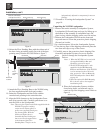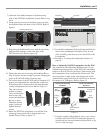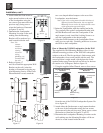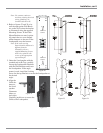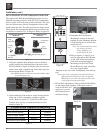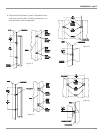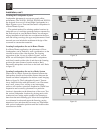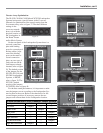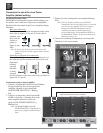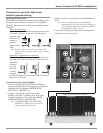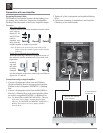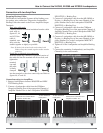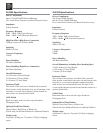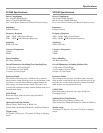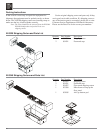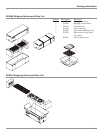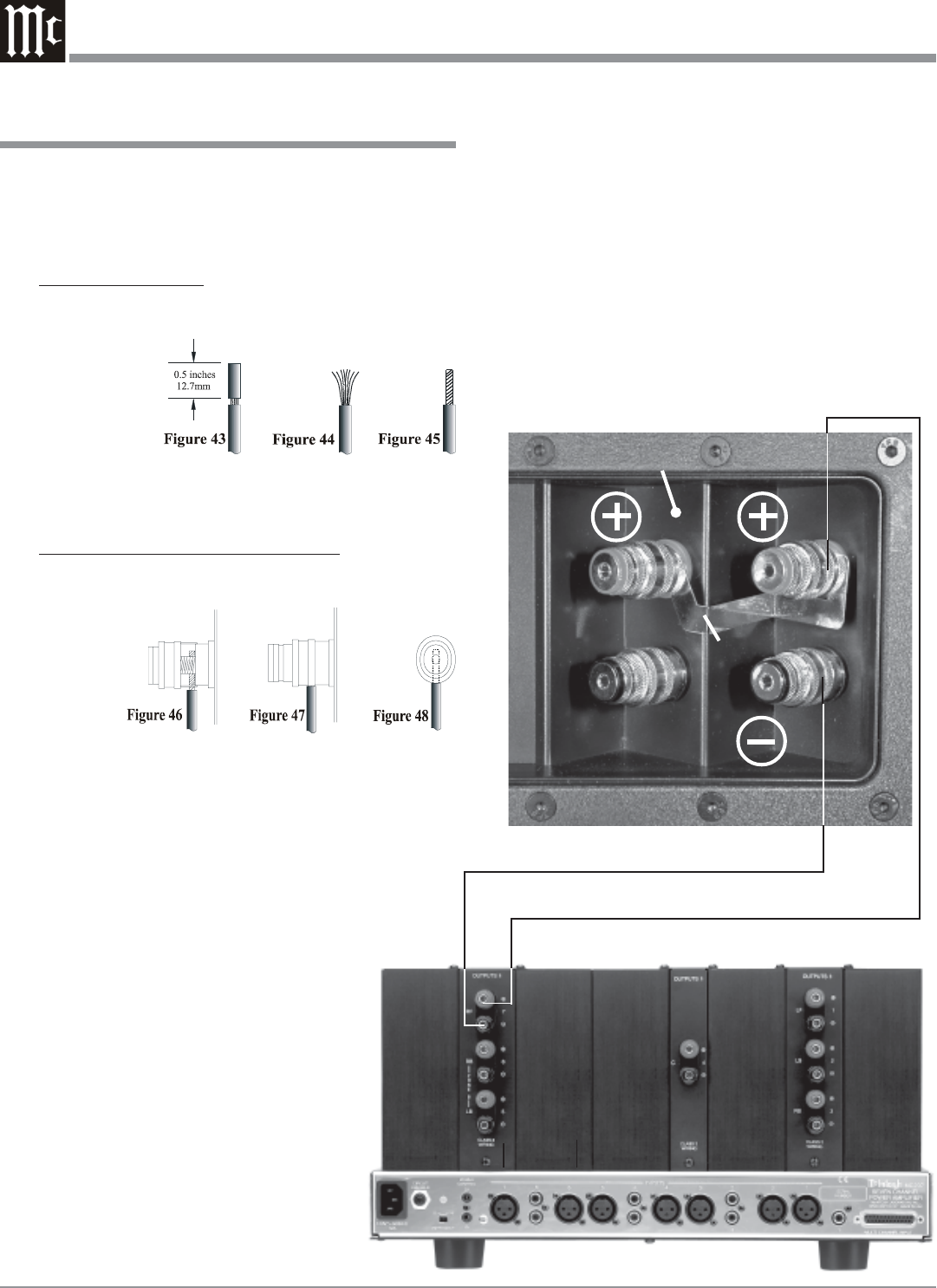
20
Connection for use with a Low Power
Amplifier (default setting)
Connection plate
Jumper
Preparing Hookup Cables
The McIntosh Loudspeaker Systems utilize binding posts
for speaker wire connections. Prepare the Loudspeaker
Hookup Cables that attach to the Power Amplifier Output
Terminals:
Bare wire cable ends:
Carefully remove sufficient insulation from the cable
ends, refer to figures 43, 44 and 45. If the cable is
stranded, care-
fully twist the
strands to-
gether as
tightly as pos-
sible.
Note: If desired, the twisted ends can be tinned with
solder to keep the strands together and/or attach a
spade lug.
Spade lug or prepared wire connection:
Insert the spade lug connector or prepared section of
the cable end into the terminal side access hole, and
tighten the
terminal
cap until
the cable
is firmly
clamped
into the terminal so the wires cannot slip out. Refer to
figures 46, 47 and 48.
Connections using a single Amplifier
1. Connect a Loudspeaker cable from the COMmon
(Negative) Binding Post of the appropriate
Amplifier Channel to the Loudspeaker
LOW POWER NEGATIVE (-) Binding
Post.
2. Connect a Loudspeaker cable from the 8S
(OHM) or Positive (+) Binding Post of the
same Amplifier Channel to the Loud-
speaker LOW POWER POSITIVE (+)
Binding Post.
Note: The HIGH POWER and LOW
POWER POSITIVE (+) Binding Posts
must have a jumper installed between
them.
3. Tighten all of the Loudspeaker and Amplifier Binding
Posts.
Note: The Low Frequency Response of a XLS320
Loudspeaker may be extended when it is connected
to a lower power amplifier. The Low Frequency
Response of a XLS320 Loudspeaker may be
extended even further with the addition of a
Powered Subwoofer, like the McIntosh XLS112, to
the Music/Home Theater System and connected as
illustrated on page 18.
4. Connect the remaining Loudspeaker(s) and Amplifier
Channel(s) in the same manner.
McIntosh Multi-Channel Power Amplifier



